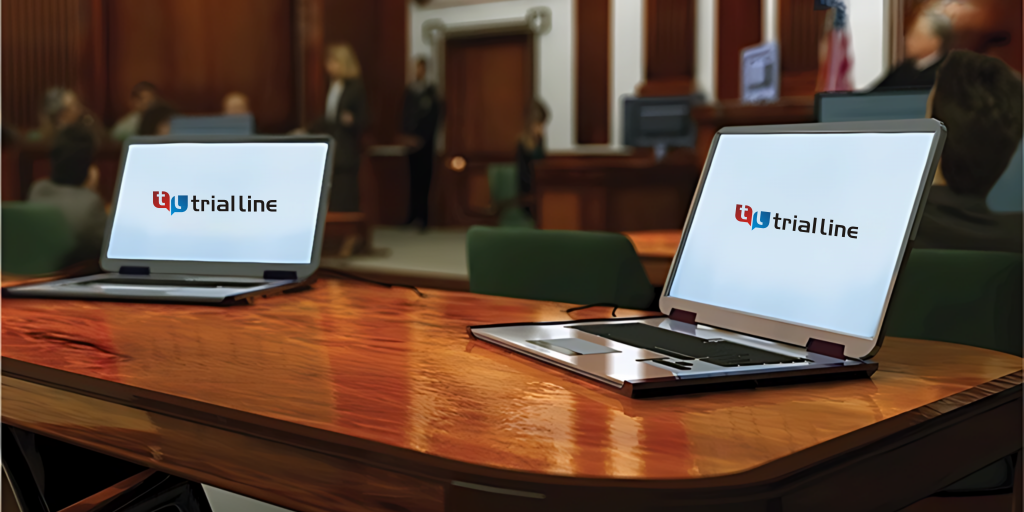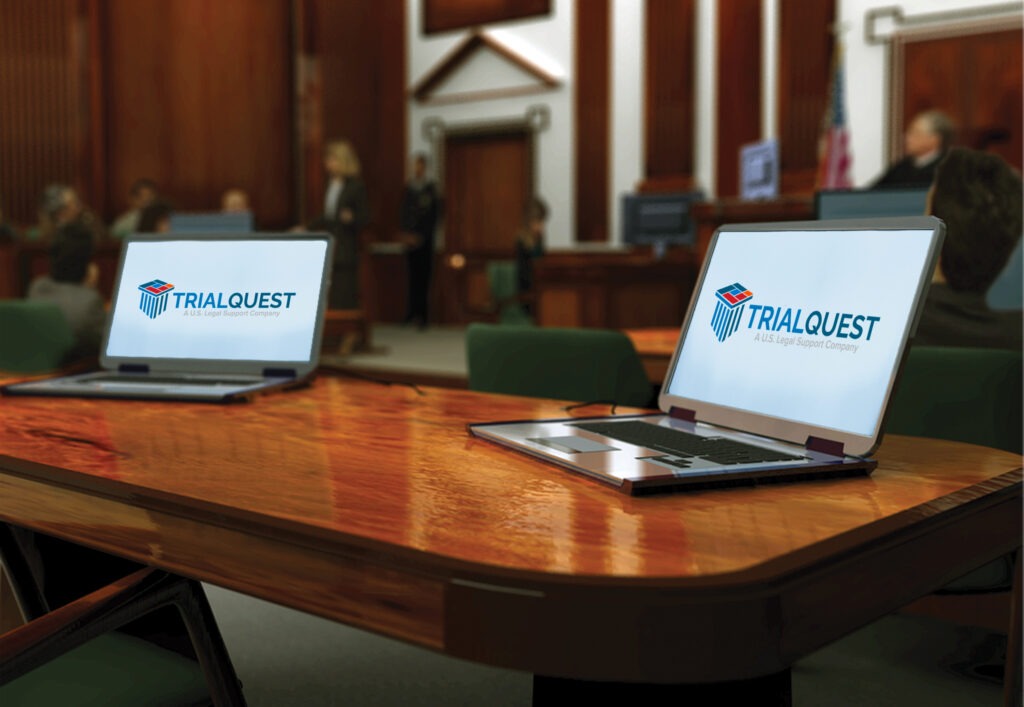Well-structured trial presentations can influence judges and juries.
Well-structured trial presentations can influence judges and juries.
Blog Article
Discover the Relevance of Trial Presentations for Effective Legal Outcomes
In the world of litigation, the effectiveness of test discussions can usually be the definitive factor in securing positive legal outcomes. By translating detailed lawful arguments right into engaging stories, attorneys can improve juror comprehension and involvement. The strategic use of visual aids and structured storytelling not just help in retention however also shapes the court's assumption of the case. As we explore the crucial components of impactful trial discussions, one should take into consideration just how these aspects intertwine to affect the last decision. What strategies can absolutely elevate a presentation from regular to remarkable?
Recognizing Test Discussions
Comprehending test discussions is vital for lawful professionals seeking to successfully convey their debates and evidence to a jury. A trial discussion serves as a crucial tool in the court room, transforming complicated lawful principles and case details into a coherent narrative that jurors can easily comprehend - trial presentations.
Additionally, the structure and distribution of a trial discussion can affect juror assumptions and decision-making. Efficient presentations use a mix of storytelling, visuals, and influential techniques to involve jurors and keep their focus throughout the test. This requires meticulous planning and preparation, as each element should line up with the situation technique and goals.
Additionally, comprehending the psychological aspects of juror habits is necessary in crafting an effective trial presentation. Lawyers should think about how jurors translate information, reply to sob stories, and form biases. By attending to these aspects, attorneys can produce presentations that resonate with jurors, ultimately assisting in the search of justice.
Secret Elements of Effective Discussions
Effective trial discussions pivot on several key components that collectively boost their performance. Clarity is essential; lawful debates should be articulated in an uncomplicated fashion, preventing jargon that might confuse the court. Presenters must structure their arguments logically, assisting the audience through the story in a coherent series.

Visual help also play a crucial role in efficient presentations. Well-designed slides, graphes, and graphics can help distill intricate information and enhance bottom lines, making them more unforgettable. In addition, making use of storytelling methods can involve the court emotionally, creating a connection that goes beyond plain facts.
One more important element is the presenter's shipment design. Self-confidence, excitement, and appropriate body language can substantially affect just how the message is received. Practicing efficient eye call and vocal variant maintains the jury mindful and invested in the discussion.

Impact on Court Perception
The influence of test discussions on court assumption is profound, as the way details is shared can significantly affect jurors' analyses and choices. Jurors are charged with evaluating complicated info and making decisions based on evidence provided during the test. Effective discussions that use clear visuals, important source engaging narratives, and arranged content can enhance jurors' understanding and retention of key truths.
Furthermore, the psychological tone and shipment of the discussion play a vital duty in shaping jurors' attitudes. Presentations that reverberate psychologically can produce empathy and link, swaying jurors towards the attorney's viewpoint. Alternatively, a poorly structured or excessively technical discussion can result in confusion and disengagement, causing undesirable perceptions of the situation.
In addition, jurors usually count on non-verbal cues, such as body language and eye call, which can influence their count on the presenter - trial presentations. As a result, lawyers should be acutely familiar with exactly how their discussion style can either reinforce or threaten their debates. In recap, well-executed test presentations are crucial for directing jury perception and inevitably affecting the result of lawful process
Approaches for Involving Storytelling
Crafting a compelling narrative is important for engaging storytelling in the court. A reliable story should resonate with jurors on an emotional level while clearly detailing the realities of the instance. Start by establishing a strong central style that envelops the significance of the debate. This theme acts as a leading thread throughout the presentation, aiding jurors make connections and keep details.
Utilizing character growth is critical; humanizing the celebrations entailed permits jurors to feel sorry for their experiences. Present key numbers early, offering context and background more tips here to make them relatable. Additionally, using a clear framework-- beginning with an appealing introduction, complied with by a well-organized body, and ending with an effective resolution-- makes sure the narrative flows logically and keeps juror rate of interest.
Integrating vivid imagery and descriptive language can additionally boost the story, producing mental images that make the truths extra unforgettable. Finally, using ornate questions can provoke idea and representation, prompting jurors to actively involve with the story. By utilizing these strategies, attorneys can create narratives that resonate deeply, eventually influencing the court's decision-making procedure.
Enhancing Proof With Aesthetic Aids
While providing evidence in a trial, the integration of aesthetic help can considerably straight from the source boost understanding and retention amongst jurors. Aesthetic help, such as charts, graphs, pictures, and videos, offer to make clear complex information and create a much more interesting narrative. By showing crucial factors, these devices help jurors to attract links between proof and the case's overarching motifs.
Furthermore, visual help can simplify complex details that may otherwise overwhelm or perplex the court. A timeline can successfully showcase the series of occasions, while a diagram can illustrate partnerships or communications in between celebrations involved in the instance. This clearness promotes higher understanding and assists in notified consideration.
The critical usage of aesthetic help likewise use the visual knowing preferences of several jurors, making today proof much more relatable and remarkable. When jurors can picture facts, they are more probable to preserve important information, bring about better-informed decisions.
Ultimately, reliable trial discussions that integrate aesthetic aids not just strengthen the instance but additionally equip jurors to involve proactively in the judicial process, facilitating even more fair legal outcomes. In recap, improving evidence with aesthetic aids is a crucial technique for effective test discussions.

Final Thought
In summary, test presentations offer an important feature in the legal process by converting complicated legal arguments right into relatable stories for juries. Effective presentations, defined by structured narration and aesthetic aids, considerably boost juror understanding and retention of information.
Report this page